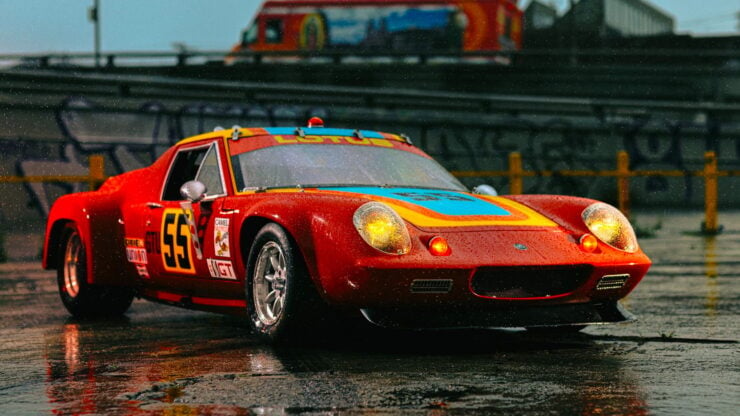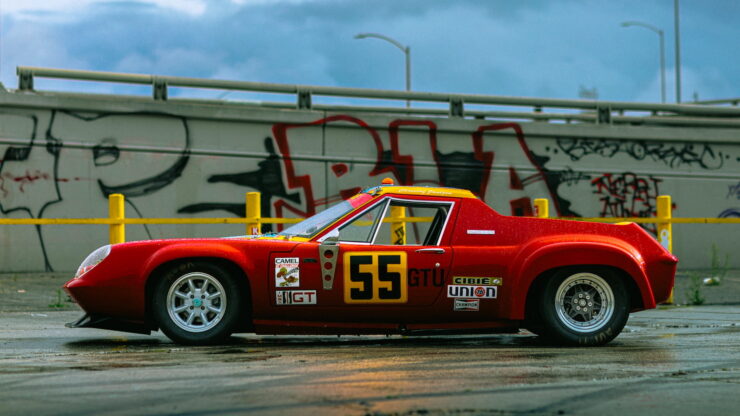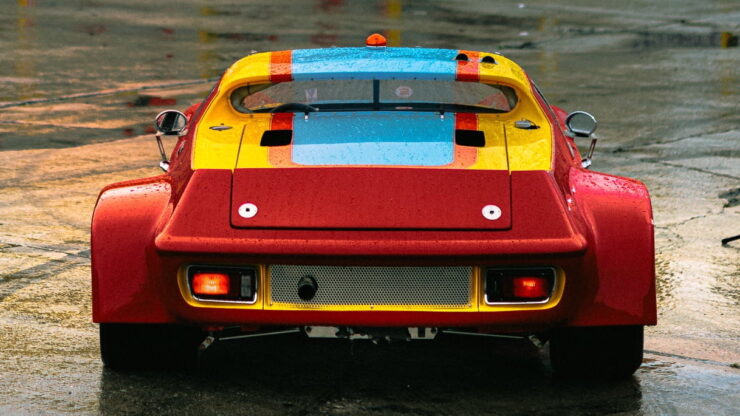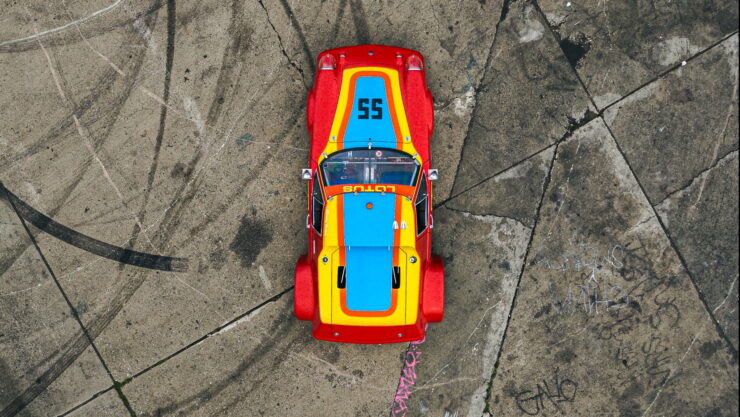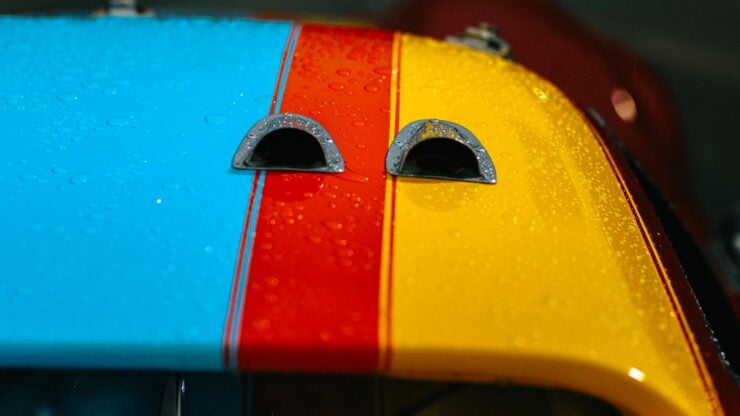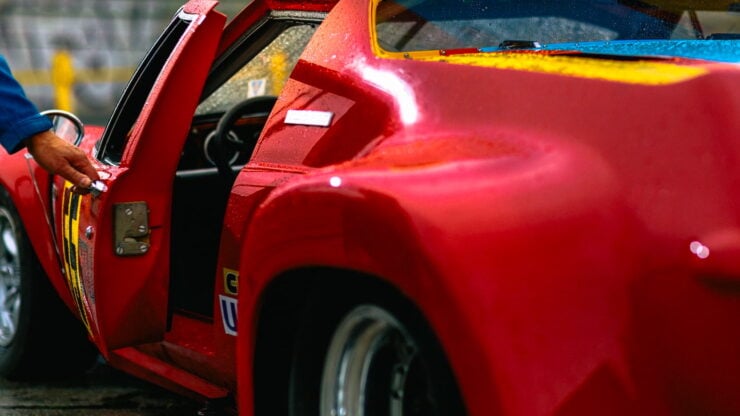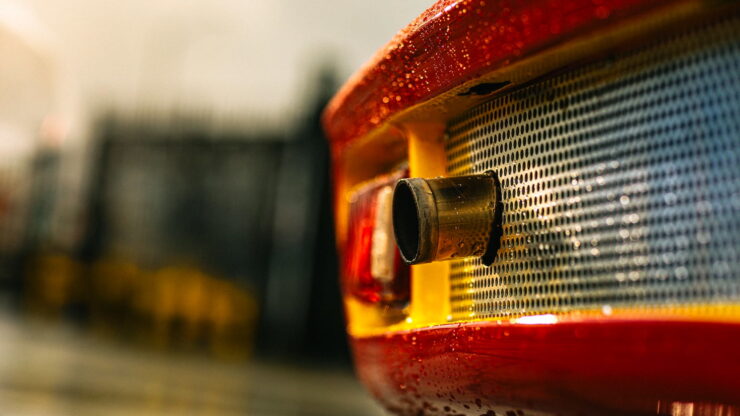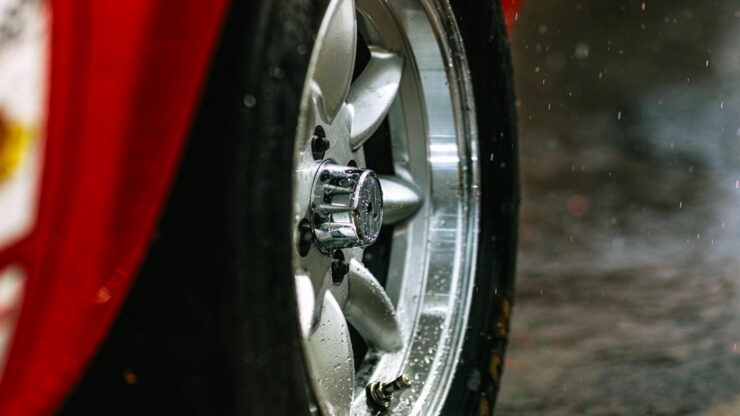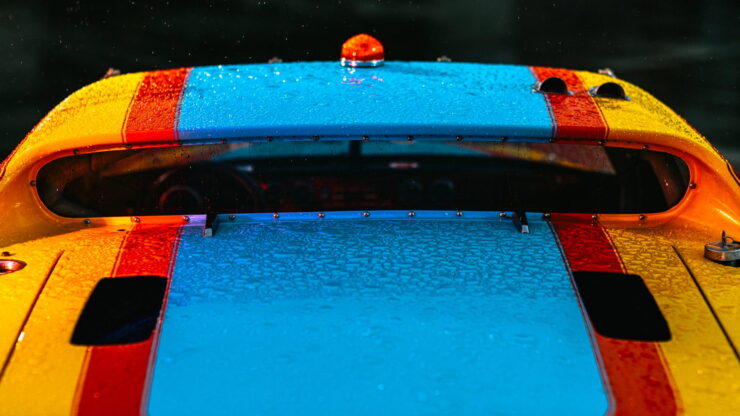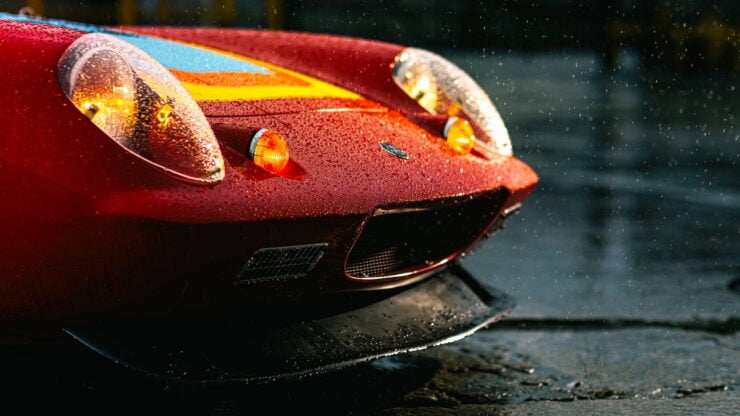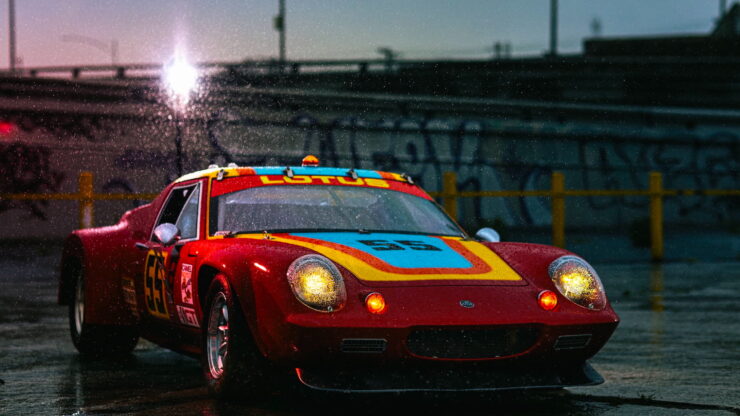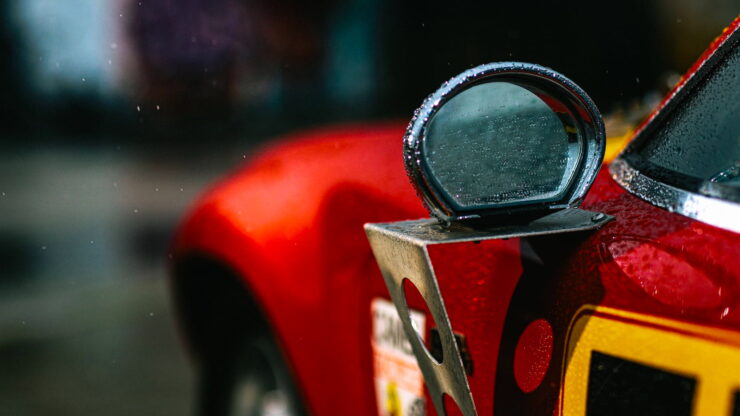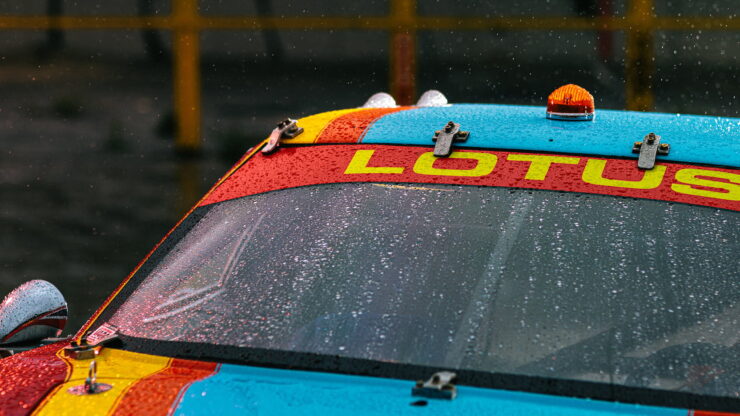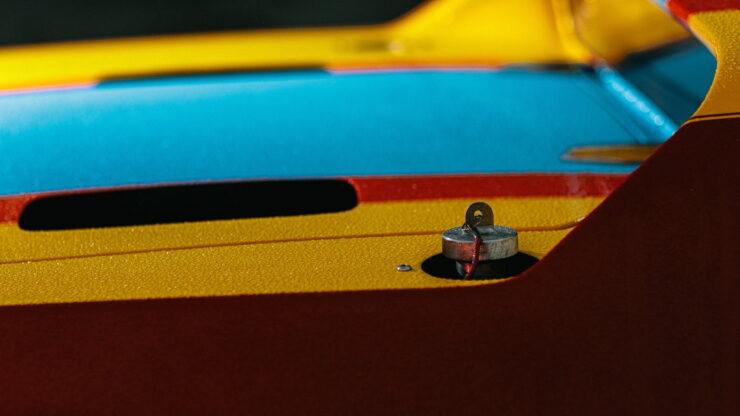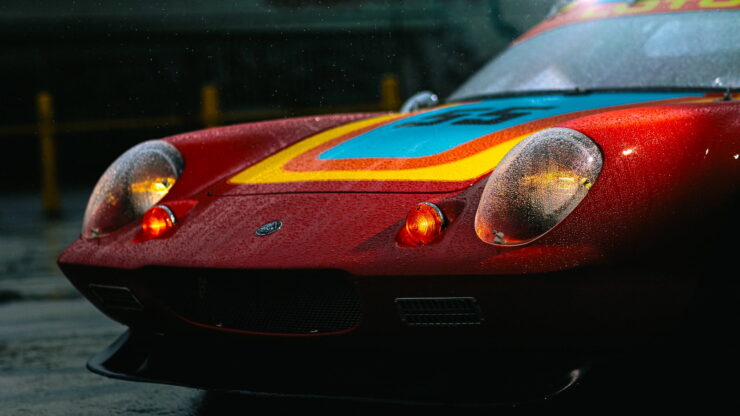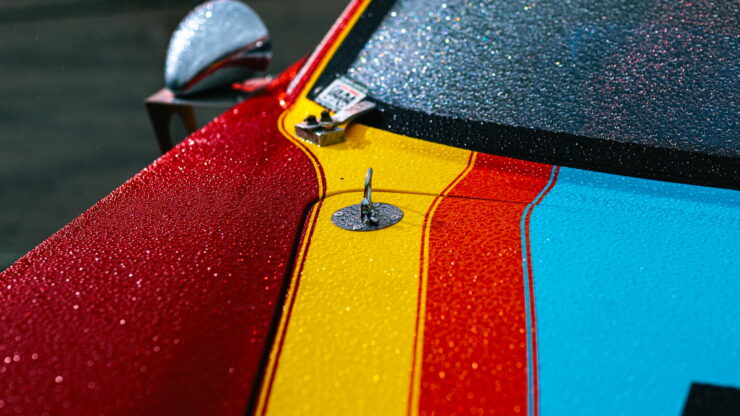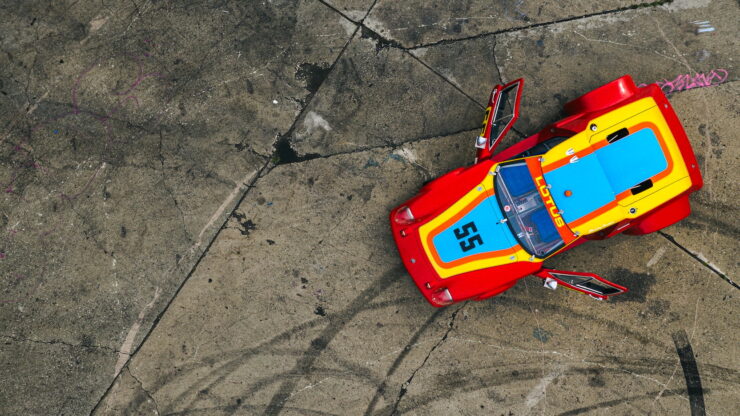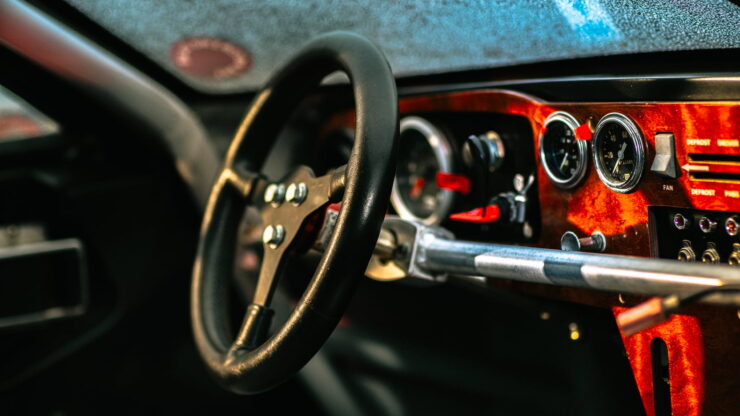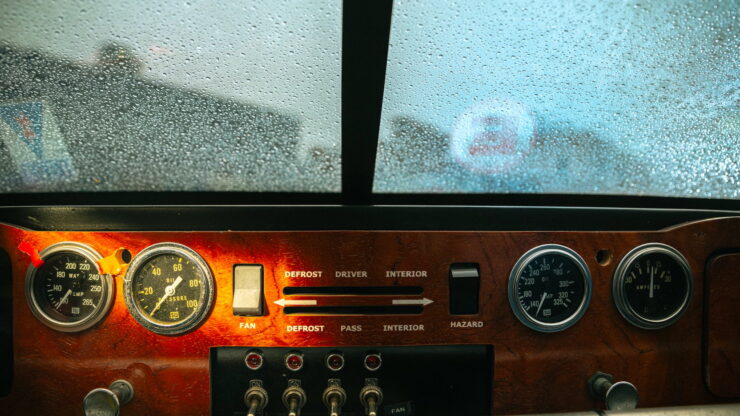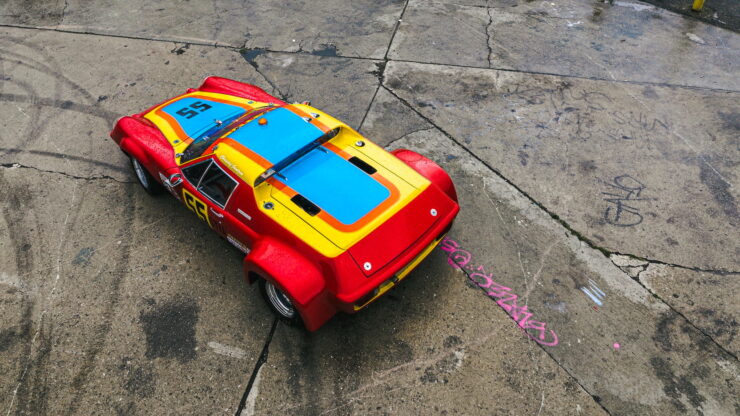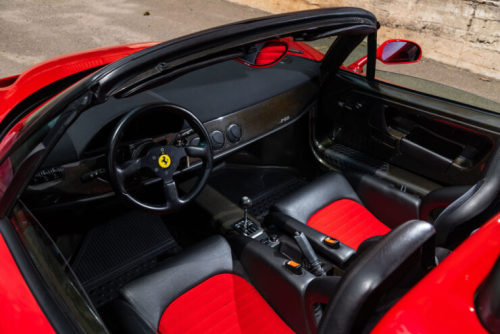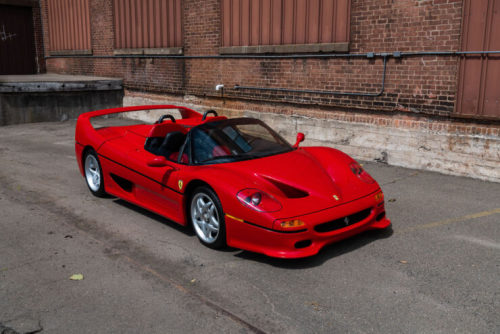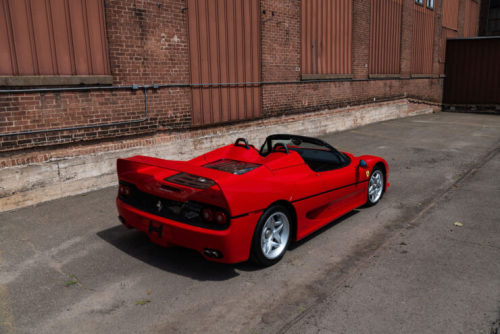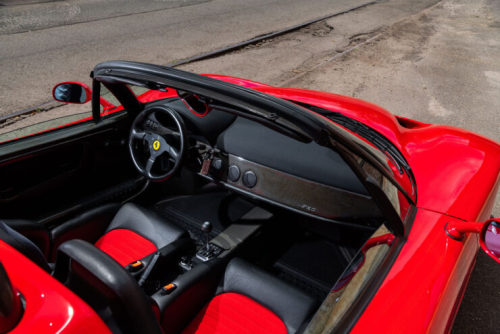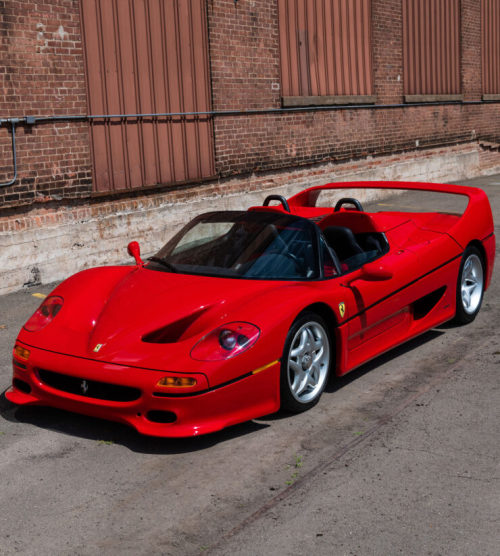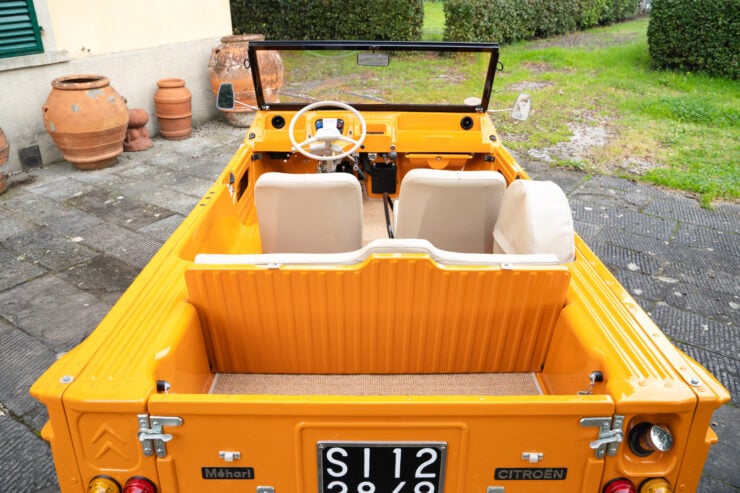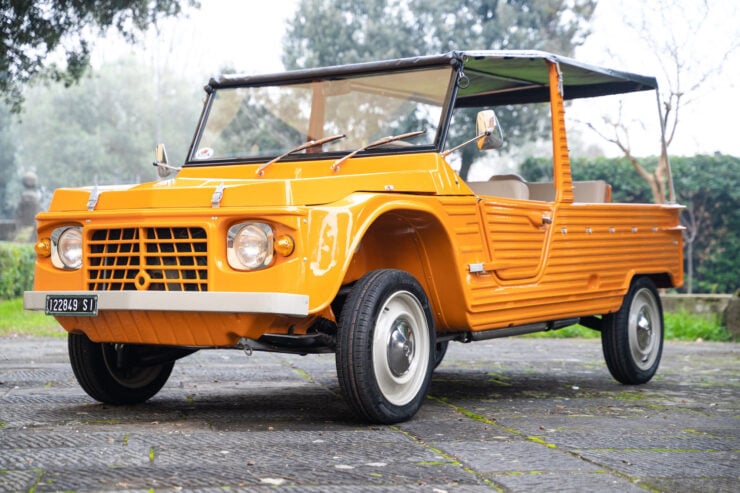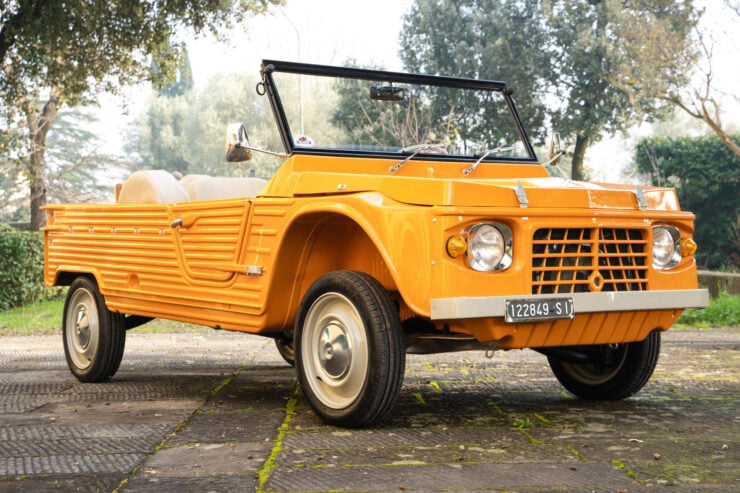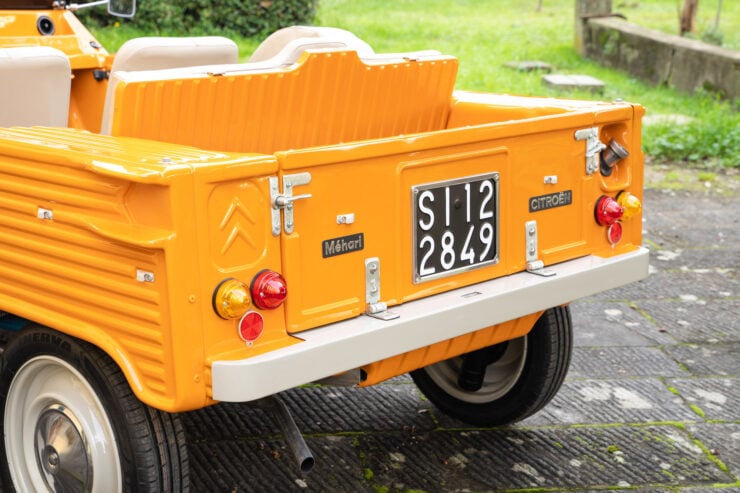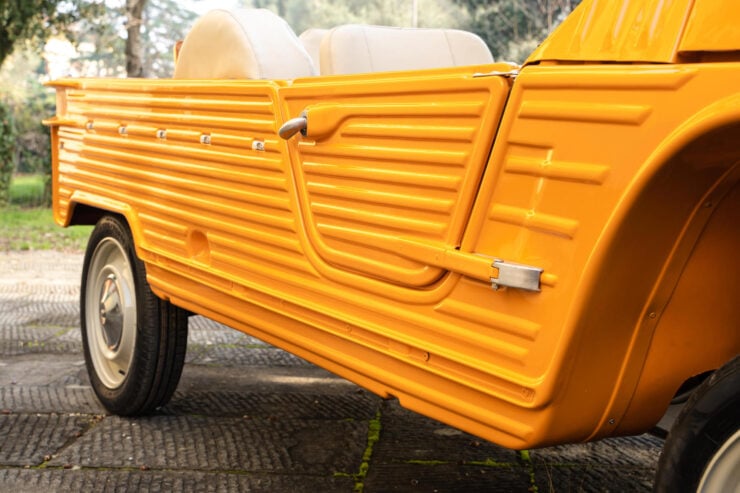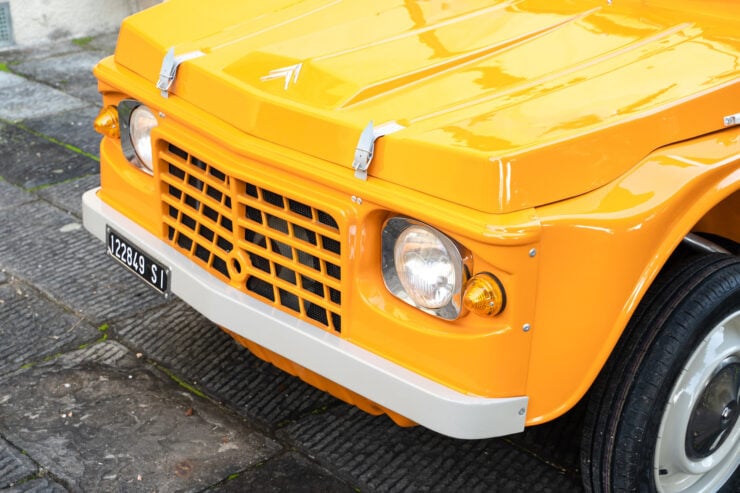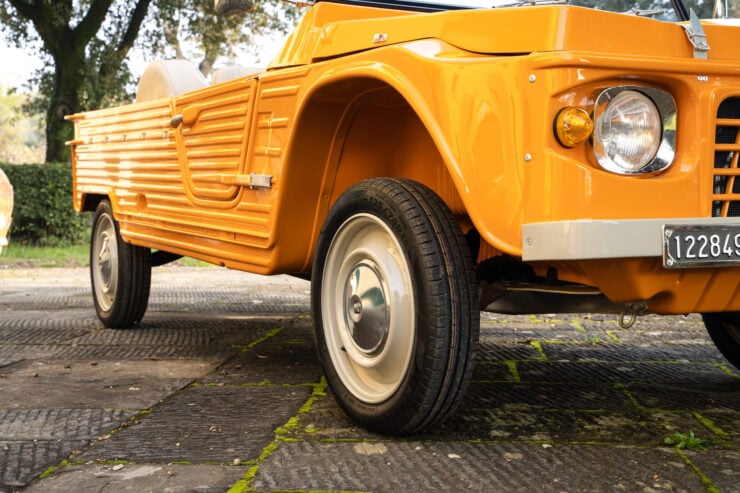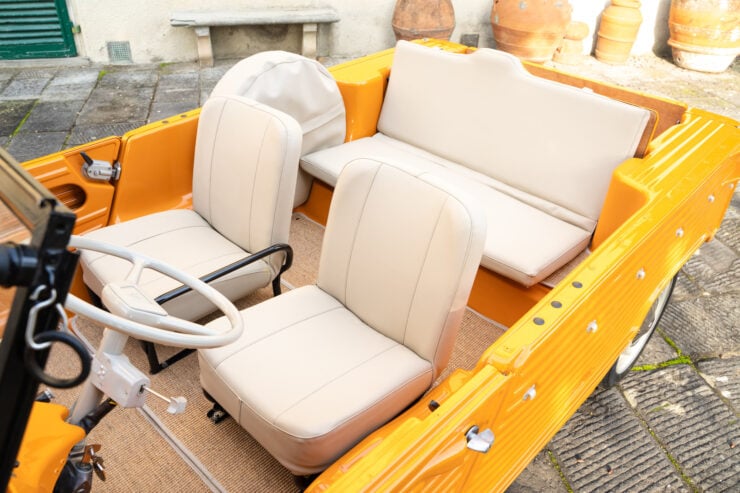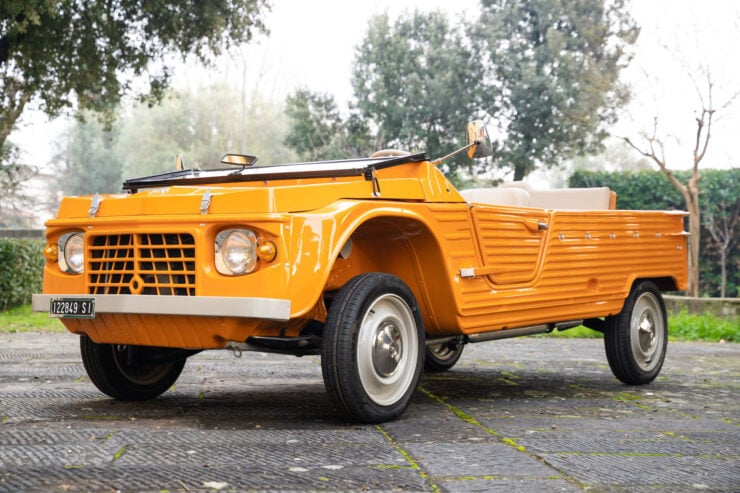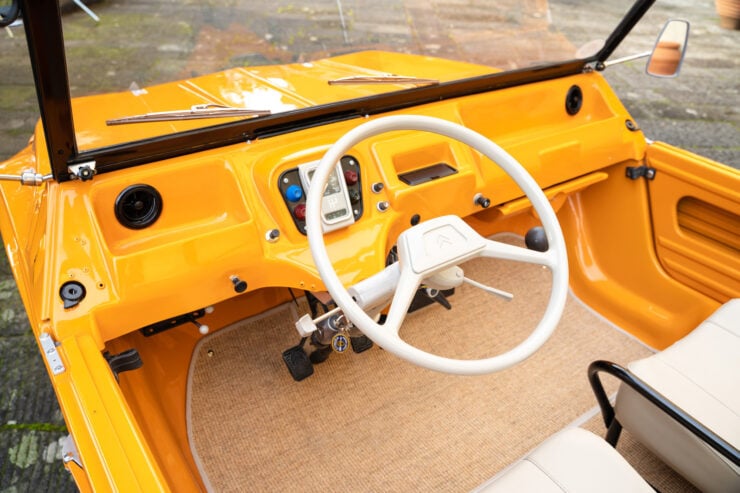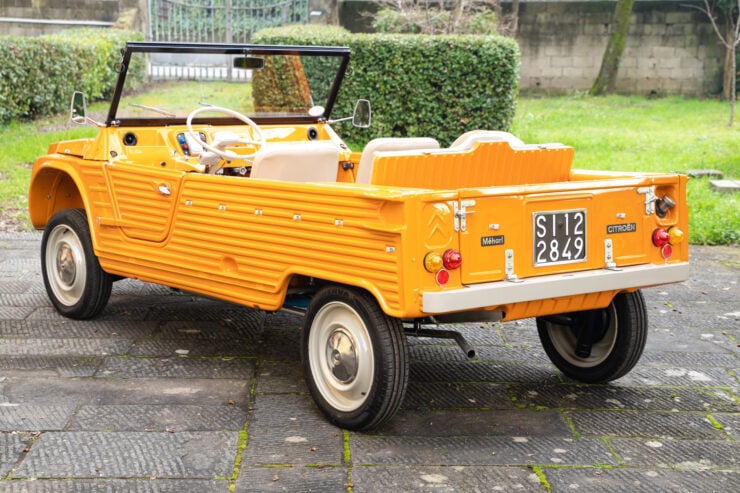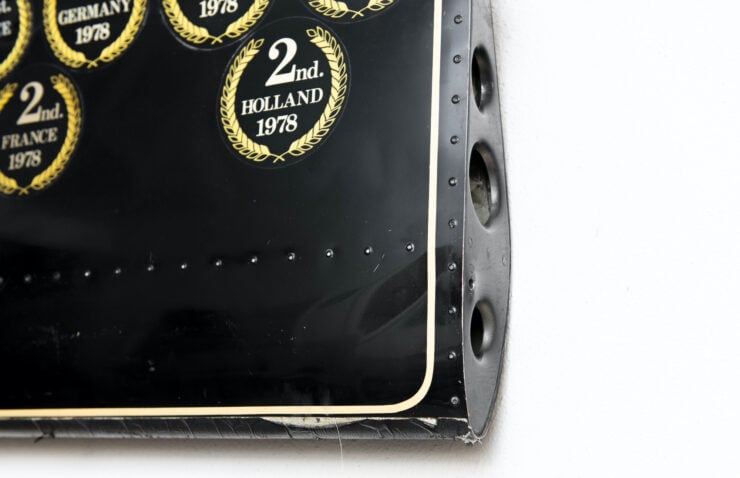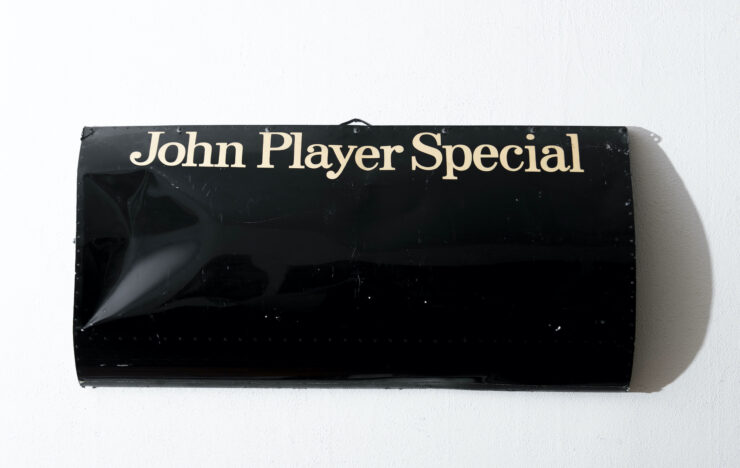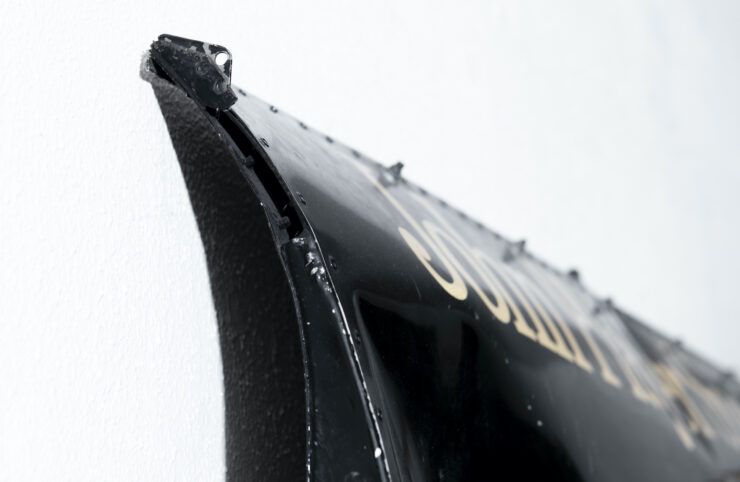A Highly-Modified Lotus Europa Racer – 24 Hours of Daytona Veteran
This Lotus Europa is a road racer that competed in the 1978 Daytona 24 Hours after being comprehensively rebuilt into a dedicated race car capable of taking on the best in the world.
Automotive writer Peter Egan once said “Racing makes heroin addiction look like a vague wish for something salty.”
This pearl of wisdom was certainly true for the first owner of this Europa, who bought it as a regular factory-built JPS car before having it comprehensively transformed into a racer – he did this after he had competed at Daytona in it in 1976, and realized it had the potential to be far quicker.
Fast Facts
✱ This Lotus Europa first competed at Daytona in 1976, the racing bug bit the owner and he spend a small fortune converting it into a world class race car.
✱ The original engine and transmission were replaced, Porsche 914 wheel arch extensions were added, along with new suspension and brakes.
✱ The car was then driven in the 1978 Daytona 24 Hours by Emiliano Rodriguez and Hiram Cruz, they started in 58th position and finished a respectable 14th in class, covering 402 laps in 24 hours.
The Lotus Europa – A Mid-Engined Sports Car For The People
The Lotus Europa was born with motor racing embedded deeply within its DNA, it was developed as a mid-engined sports car by the same folks who were building world championship-winning Formula 1 cars, and it was priced to be considerably more affordable than the exotic offerings from companies like Ferrari and Aston Martin.
Above Image: The graceful lines of the Europa have been significantly enhanced, with Porsche 914 wheel arch extensions and much wider rubber.
The Europa was introduced in 1966 as one of the first mid-engine production sports cars in the world. Formula One cars had proven this configuration to be optimal for racing, and Lotus had won both the 1963 and 1965 Formula 1 Constructors’ Championships using the same fundamental layout.
Lotus founder Colin Chapman was a rare breed, both an exceptional engineer and a savvy businessman, and he quickly realized that a mid-engined sports car from a company that was building the most successful F1 cars in the world at the time would likely be a good seller. Particularly if he could keep the price down.
The structural design of the Europa was somewhat similar to the earlier Lotus Elite. Both cars used a steel backbone chassis with a fiberglass body, this helped keep the weight low and it also meant that Lotus didn’t need to invest in expensive steel stamping equipment.
Chapman was a master of sourcing parts from unusual locations and the Europa is a great example of this, the rack and pinion steering came from the Triumph Herald, with the engine and transmission coming from the Renault 16. Later versions of the car used the Lotus Twin Cam engine resulting in a significant power gain, however those earlier Renault-powered cars proved to be remarkably cheap to run and maintain.
Lotus kept the Europa in production from 1966 until 1975 when it was replaced with the Lotus Esprit, which used a very similar structural design to its forebear with a modern angular body penned by Giorgetto Giugiaro.
The Lotus Europa Road Race Car Shown Here
The Europa you see here started out as a John Player Special (JPS) car with the popular Twin Cam engine, it was delivered to its first owner in 1973 and he promptly began racing it. It became quickly apparent that the car could be significantly faster with some work, so a comprehensive rebuild began.
Above Image: With period racing history in the Daytona 24 Hours this car would be a welcome entrant in many vintage motorsport events today.
The Daytona Europa Specifications
The original Twin Cam engine was removed and replaced with a new engine built by Pick’s Racing Engines, they started with a Cosworth BDA block and added flat-top CP pistons, CP rings, Carillo connecting rods, a Marine crankshaft, and a Moroso engine pre-heater.
The completed engine had a compression ratio of 12:1, dual Weber 45 DCOE carburetors, custom stainless-steel exhaust headers, a dry-sump lubrication system, and a Mallory ignition. Power was vastly improved and as a result the original Renault gearbox was never going to survive, so it was replaced with a race-spec 5-speed Hewland transmission.
The hub carriers and other suspension pieces were replaced with heavy-duty components and Porsche 914 wheel arch extensions were added to help cover the new 13 x 9 (front) and 13 x 11 (rear) Jongbloed alloy wheels.
The completed car was driven in the 1978 Daytona 24 Hours by Emiliano Rodriguez and Hiram Cruz, they started in 58th position and finished a respectable 14th in class, covering 402 laps in 24 hours.
In 2014 the car was given a detailed restoration back to the configuration it was in when it raced at Daytona, since the restoration was completed the car has raced just twice, and would now make an excellent entry into the world of vintage racing for a new owner.
Mecum will be offering the car in mid-August at their Monterey Auction, if you’d like to read more about it or register to bid you can click here to visit the listing.
All images provided by Mecum Auctions
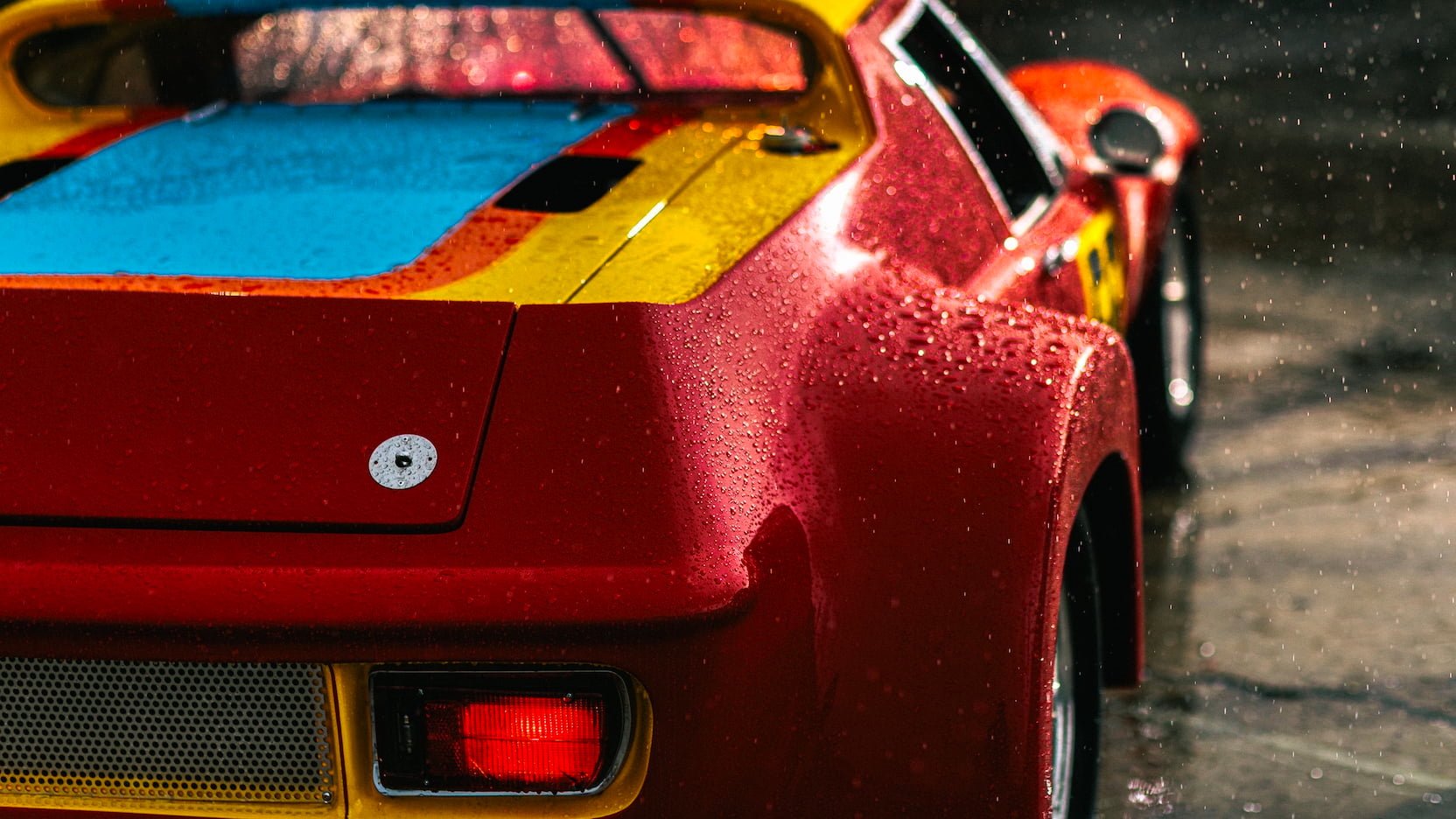
The post A Highly-Modified Lotus Europa Racer – 24 Hours of Daytona Veteran appeared first on Silodrome.
from Silodrome https://silodrome.com/lotus-europa-race-car/
via gqrds
The Citroën Méhari – France’s Quirky Answer To The Mini Moke
The Citroën Méhari was created as a French answer to the much-loved little Mini Moke, both were designed to be lightweight, inexpensive to buy, and cheap to operate, but unlike the steel-bodied Moke the Méhari would be one of the first production vehicles with a full ABS plastic body.
The idea to build a plastic French version of the Moke is attributed to French World War II fighter ace Count Roland de la Poype, the head of French company SEAB. He realized that ABS plastic would have considerable benefits over a steel body, the two key advantages being the fact that it wouldn’t rust and it’s very light weight.
—–
Fast Facts
✱ The Citroën Méhari was developed as a French take on the Mini Moke, it has an ABS plastic body and the same basic chassis and drivetrain as the other vehicles on the Citroën A-Series platform.
✱ Over 143,000 examples of the car were built in France, Spain, Portugal, and South America.
✱ The 602cc engine can push the 1,157 lb car up to a top speed of 62 mph, but regular driving is typically done under this level.
The Mighty Méhari – A French Moke
De la Poype took his inspiration from the Moke but he believed he could design a better car, the Moke was somewhat limited by its low ground clearance, stiff suspension, and rust-prone stamped steel body.
So with the Méhari he worked on solving both of those problems, first with the use of the aforementioned ABS plastic body and secondly by utilizing the Citroën A-Series chassis and running gear, also used on the Citroën 2CV, Dyane, and Ami.
Above Image: The car offers seating for four and there’s some additional room for luggage in the rear, with a fold down tailgate for easy access.
The Citroën A-Series platform made use of a steel chassis, independent suspension on all four wheels, and a simple front-mounted engine with front-wheel drive. The A-Series platform also gave the Méhari notably better rear ground clearance than its British counterpart.
Count Roland de la Poype was convinced that he was onto a winning idea, so much so that he developed a fully-functional prototype of the Citroën Méhari before he showed it to Citroën. SEAB was a supplier to the French automaker and thankfully they gave his design the green light for production.
The Citroën Méhari was named after a type of Camel known for its speed, which was possibly a little misleading but the car was also capable of traversing difficult terrain, so the comparison to camels was somewhat apt. The car would first be offered for sale to the general public in 1968, it would prove to be an almost instant cult classic, and factories in Spain, Portugal, Argentina, and Uruguay would produce their own local versions.
Interestingly the United States imported a number of Méharis in 1969 and 1970, they had to import them classified as trucks as they didn’t comply with current road safety legislation. The Budget car rental company offered Méharis to customers in the Hawaiian islands, which is how many Americans first became familiar with the model.
Over the course of the 1968 to 1987 production run over 143,000 examples of the Méhari would be built and many of them have survived to the modern day thanks to their rust free bodies. Companies like Méhari Club exist to keep the model on the road, you can buy anything you need including all new chassis, engines, and body parts.
Citroën Méhari – Specifications
The Citroën Méhari uses the same chassis, running gear, and drivetrain as its Citroën A-Series siblings, it’s powered by an air-cooled 602cc flat-twin engine capable of 29 hp at 5,750 rpm, and power is fed to the front wheels via a 4-speed manual gearbox.
Above Image: The Méhari has a simple folding soft top for rain and run protection, but it offers somewhat little protection from serious weather.
The top speed of the Méhari is 62 mph or 100 km/h, though the car was never designed for sustained high speed use. The key reason that 62 hp engine is able to get the car up to 100 km/h is the low curb weight, the car tips the scales at just 1,157 lbs or 525 kgs, largely thanks to that lightweight plastic body.
Due to the success of the Méhari, Citroën released a four-wheel drive version in 1979. Unlike the Citroën 2CV Sahara 4×4 which used one engine at the front and one at the back to provide four-wheel drive, the Méhari 4×4 used a more traditional single engine up front sending power to all four wheels.
The Méhari 4×4 can be easily distinguished from its 2×4 counterpart thanks to the spare tire mounted on its hood. It also has additional bumpers, and the 1982 model had flared wheel arches with larger wheels and tires.
The Citroën Méhari Shown Here
The car you see here is a Citroën Méhari from 1972, it was purchased new and used in Siena, Italy by its first owner.
By the 1990s the car was looking a little worse for wear and it was taken off the road in 1995. Luckily the story doesn’t end there, the car was given a full body-off restoration with the frame, suspension, and body all receiving ample attention, with images in the history file to document it all.
The car has now been imported into the United States and it’s due to roll across the auction block with RM Sotheby’s in early August. The current price guide is $25,000 – $30,000 USD, if you’d like to read more about it or register to bid you can click here to visit the listing.
Images: ©2021 Courtesy of RM Sotheby’s
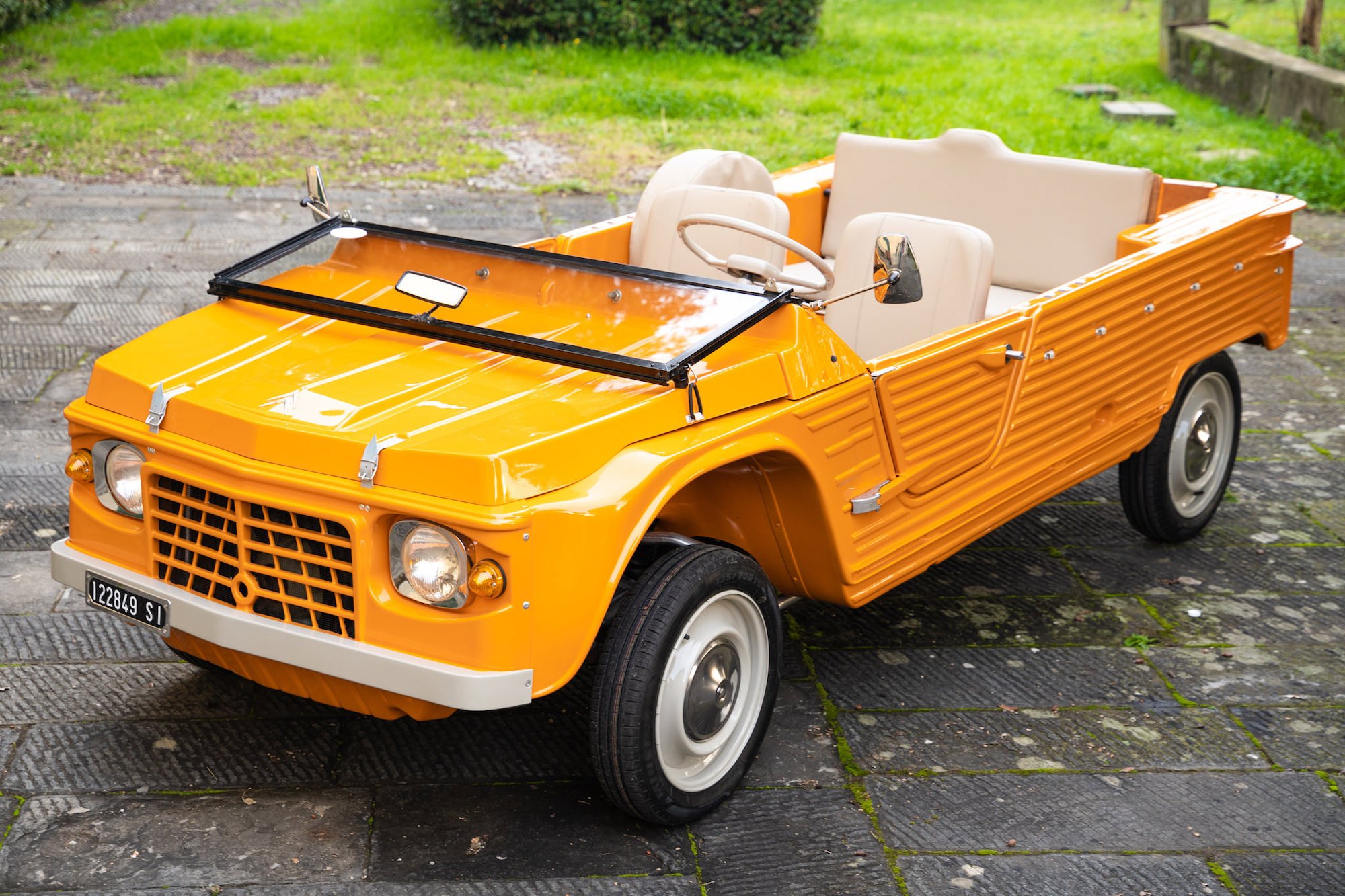
The post The Citroën Méhari – France’s Quirky Answer To The Mini Moke appeared first on Silodrome.
from Silodrome https://silodrome.com/citroen-mehari/
via gqrds
For Sale: Mario Andretti’s Lotus 79 Rear Wing, Circa 1978
This was the rear wing fitted to Mario Andretti’s ill-fated Lotus 79 Formula 1 car, the same car he used to set the pole position for the 1978 United States Grand Prix in front of the jubilant 150,000 strong home crowd at Watkins Glen.
Unfortunately on the final warm up lap before the race Andretti spun the car into the barriers, forcing him to race back to the pits and use the team’s backup car for the race.
This backup car would develop brake problems early on, and would later retire with a blown engine. It wasn’t all bad news for Andretti however, as he had already secured the points to win the Drivers’ Championship at the preceding race in Italy.
The segregation between Formula 1 fans and the teams was considerably less rigid than it is today, and as a result Lotus was known for auctioning off parts of their cars to fund race after parties.
Above Video: Top Gear presenter Chris Harris putting the Lotus 79 through its paces and sharing insights about what made the car so special.
This wing was removed from Andretti’s wrecked Lotus 79 and sold off to the highest bidder after being signed by Colin Chapman, Mario Andretti, and “Miss Hurst” Linda Vaughn.
Sadly Andretti’s signature has faded away over time but he’s still a regular fixture at many vintage race meets, so getting him to sign it again likely wouldn’t been too difficult for an enterprising new owner.
The wing remained in the ownership of the same family to the current day, it’s now due to be offered by RM Sotheby’s in early August with out reserve, with a price estimate of $10,000 to $20,000 USD.
If you’d like to read more about it or register to bid you can click here to visit the listing.
Images: Nathan Leach-Proffer ©2021 Courtesy of RM Sotheby’s
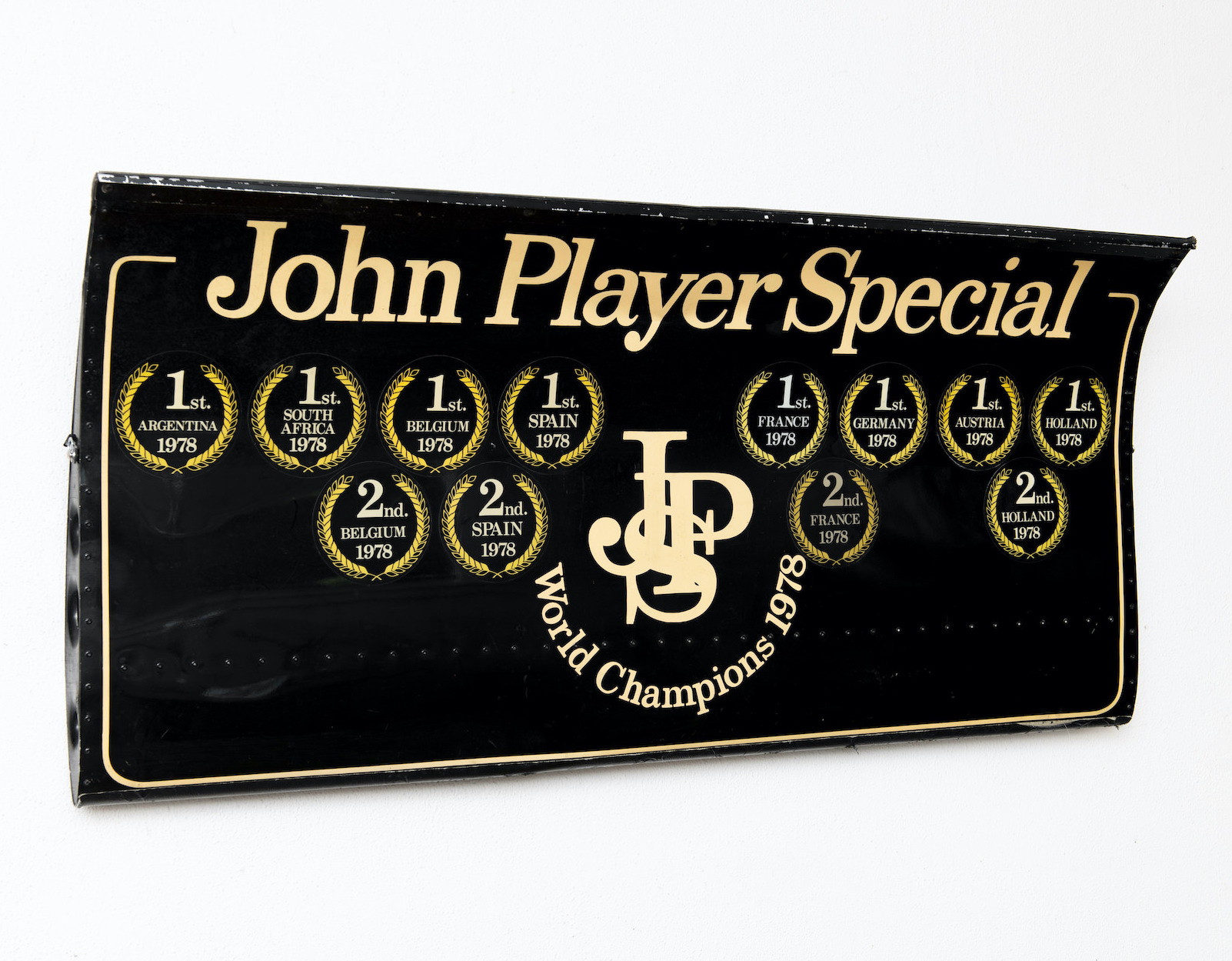
The post For Sale: Mario Andretti’s Lotus 79 Rear Wing, Circa 1978 appeared first on Silodrome.
from Silodrome https://silodrome.com/mario-andretti-lotus-79-rear-wing/
via gqrds
-
Two-tone 1974 Volkswagen Baja Bug from Tumblr https://78.media.tumblr.com/73c6b6e000f95d3cae9a743a42cac396/tumbl...
-
This short film from Ford is focussed on their “Wrist Twist” steering system from 1965 – a way of steering a car that required far less spac...
-
Lamborghini Miura SVR restored to former glory from Tumblr https://78.media.tumblr.com/f022f7b49224f89bd46...
-
1977 Ford F150 Ranger from Tumblr https://78.media.tumblr.com/42ac160b31ec406cfc8de446480e734c/tumblr_pe82i3V...
-
hemmingsmotornews : Four-speed 1981 Chevrolet Camaro Z28 for sale on Hemmings.com. from Tumblr https://78.media.tumb...
